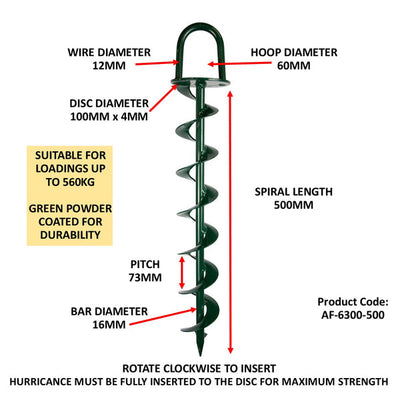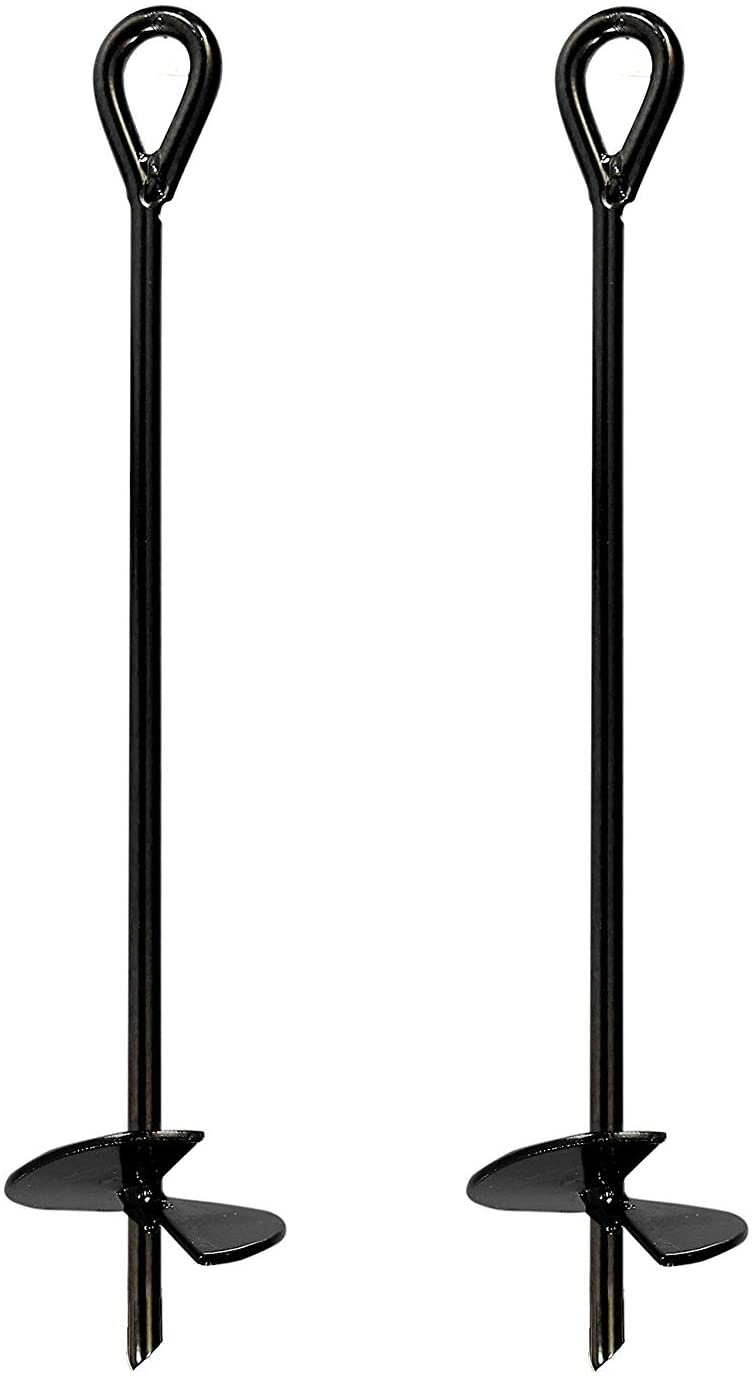Understanding the Role of a Ground Anchor in Securing Heavy Structures
Understanding the Role of a Ground Anchor in Securing Heavy Structures
Blog Article
Discover the Different Types of Ground Support for Your Following Project
When embarking on a building or landscape design job, understanding the various sorts of ground anchors available is important to making sure both stability and toughness (Ground Anchor). From auger anchors, which master diverse soil problems, to risk anchors developed for short-term setups, the alternatives are countless. Additionally, concrete and screw anchors existing one-of-a-kind benefits in certain situations, while deadman anchors are customized for applications calling for resistance to lateral forces. The selection of a proper support kind can dramatically influence the total success of your job, triggering additional expedition into their corresponding benefits and applications.

Auger Anchors
Auger anchors are a preferred choice in various construction and landscape design jobs because of their unique style and effective anchoring abilities. These supports contain a helical screw-like shaft that is driven right into the ground, enabling a steady and safe and secure hold. The spiral layout facilitates very easy setup and makes the most of resistance versus lateral pressures, making auger supports specifically reliable in applications such as secure fencing, momentary structures, and erosion control.
The installment process of auger anchors is relatively straightforward. They can be manually or mechanically set up, relying on the dimension and required deepness. This adaptability permits their usage in diverse soil conditions, from sandy to clayey terrains. Furthermore, auger supports can be conveniently eliminated and recycled, which includes to their cost-effectiveness and sustainability.
Among the substantial advantages of auger anchors is their capability to distribute lots equally across the bordering dirt, reducing the threat of soil disruption and reducing environmental influence. Furthermore, they are less prone to loosening up or heaving over time contrasted to typical anchoring techniques. Consequently, auger supports are an excellent selection for tasks calling for dependable and resilient anchoring solutions.

Risk Anchors
When it comes to protecting frameworks in a variety of outdoor applications, risk supports offer a dependable and simple option. These supports are typically built from sturdy products such as steel or light weight aluminum, developed to stand up to ecological tensions while supplying optimal security. Their easy design permits quick installation, making them an excellent selection for momentary or long-term anchoring demands.
Stake supports are specifically helpful in protecting outdoors tents, covers, and various other light-weight frameworks against wind and weather. They function by being driven into the ground at an angle, developing a strong hold that stands up to pull-out forces - Ground Anchor. The effectiveness of risk supports depends upon a number of factors, including dirt kind, dampness web content, and the angle of setup
For included safety, several stake supports come with accessory factors for ropes or straps, enabling stress modifications as essential. In applications such as landscaping or building and construction, they can properly maintain tools or frameworks on uneven terrain. In general, risk supports give a functional and cost-effective solution for protecting different outdoor installments, making them a preferred choice for specialists and do it yourself fanatics alike.
Concrete Anchors
Concrete supports supply a durable solution YOURURL.com for securing structures to concrete surfaces, guaranteeing security and safety in numerous applications. These anchors are necessary for projects varying from property building and constructions to large industrial installments. They can be found in various types, including expansion supports, adhesive anchors, and undercut anchors, each developed for specific load demands and ecological problems.
Glue anchors make use of high-strength epoxy or resin to bond the support to the concrete, supplying exceptional load-bearing abilities, especially in fractured concrete scenarios. Undercut anchors develop a special form within the concrete, offering extraordinary holding power, particularly in applications where tensile tons are common.
When executed appropriately, concrete supports considerably enhance the structural stability of various projects, making them indispensable in contemporary building and construction methods. Understanding the certain demands of your project will aid in picking the ideal kind of concrete anchor for the task.
Screw Anchors

Screw supports are a functional fastening option that can be effectively utilized in a variety of applications where standard concrete anchors may not be sufficient. These supports contain a helical design that permits them to be conveniently driven into the ground, making them ideal for usage in soil and various other substrates. Their special structure supplies excellent holding power and resistance to pull-out pressures, making them suitable for various projects, from landscaping to architectural assistance.
Among the key benefits of screw anchors is their ease of installment. They need very little devices and can often be set up without the requirement for excavation, which saves both time and labor expenses. Additionally, screw anchors can be removed and reused, providing a sustainable service for momentary applications.
Screw supports are especially helpful in areas where soil problems are challenging, such as loose or sandy dirts. Their capability to be mounted at varying depths permits for personalization based upon specific project demands. Overall, screw anchors offer a effective and trusted anchoring technique, making them an excellent selection for designers and service providers looking for efficient options for their tasks.
Deadman Anchors
Deadman anchors work as a durable option for maintaining frameworks in tough problems, specifically where conventional anchoring approaches might fail. These anchors include large, heavy objects hidden underground, which produce resistance versus Get More Information side forces. The design usually includes find this a horizontal component, such as a block of concrete or a metal plate, buried in the dirt, to which cable televisions or bands are affixed.
The efficiency of deadman supports exists in their capacity to distribute tons over a larger location, reducing the risk of failing in unpredictable soil problems. They are particularly advantageous in applications such as preserving walls, temporary structures, and incline stabilization, where dirt movement can endanger the integrity of the framework.
Setup of deadman anchors calls for mindful planning to guarantee they are placed at the appropriate depth and positioning, maximizing their load-bearing capability. While they may require more labor and product than lightweight supports, their integrity in damaging problems makes them important for long-lasting tasks. In addition, deadman supports are flexible and can be adapted to various applications, making them a best choice for engineers dealing with distinct difficulties in their tasks.
Conclusion
Auger anchors succeed in varied soil problems, while stake supports suit short-lived applications. For concrete surfaces, growth and adhesive anchors provide reputable choices, and screw anchors use adaptability in tough surfaces.
Additionally, concrete and screw supports existing distinct benefits in specific circumstances, while deadman anchors are customized for applications requiring resistance to lateral pressures - Ground Anchor.Auger supports are a prominent option in various construction and landscaping tasks due to their special layout and reliable anchoring abilities. They come in various types, including development anchors, adhesive supports, and undercut supports, each designed for certain load demands and environmental problems
Sticky supports utilize high-strength epoxy or material to bond the support to the concrete, offering exceptional load-bearing abilities, particularly in split concrete situations. Generally, screw supports provide a reliable and dependable anchoring method, making them an excellent choice for contractors and engineers looking for effective services for their tasks.
Report this page